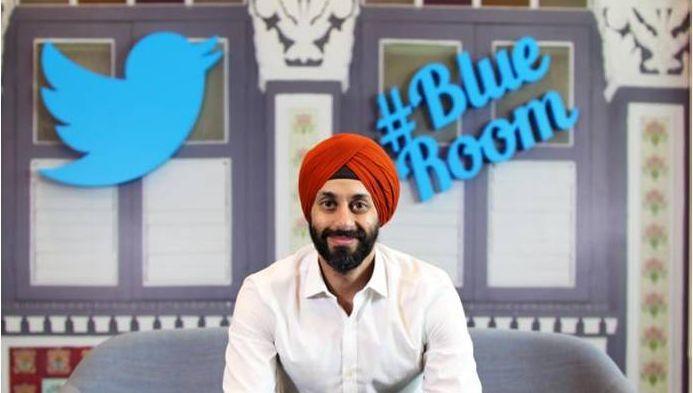
Twitter SEA MD: ‘The media has been a good friend, and also not a good friend.’
share on
The media has been both friend and foe to Twitter. After years and years of badgering, following spiralling financials, Twitter finally made headlines with positive news in February this year. It posted a US$91 million profit in the last three months of 2017, signalling its first time of making profits since going public in 2013.
While the media hasn’t always been the kindest to the platform with reports of its multiple rounds of layoffs, and cuts to services such as Vine making global headlines year after year, Arvinder Gujral (pictured), managing director for Southeast Asia at Twitter, told Marketing that its vivacious coverage of the recent profits certainly helps his current agenda.
“The media has been a good friend, and also not a good friend,” he laughed. But the positive coverage helps shorten the gap between what marketers thought Twitter was, and what it really is, he explains. “In the past, we didn’t do a good job and media carried that honestly. We saw a lot of small wins along the way, but turning profitable this quarter was the big news, and thankfully the media carried the news with the same volatility,” he said.
Having worked with the company for more than four years, Gujral said in 2017, when he took on the role of managing director of SEA, he realised that many marketers in the region were stuck in the 2016 perception of Twitter.
Many thought Twitter had no scale in the region, and that it also wasn’t “growing fast enough”. “My first task was to reduce the gap between their perception and my reality,” he said. But he didn’t make his move immediately. Instead, he first focused on “listening [and] not doing anything proactive”.
He added that focus needed to be placed on fortifying what “Twitter” meant for marketers in the region. "While some clients were bang on, on what they thought Twitter to be, for others, there were perception and reality gaps", he explained. “If 10 different people think Twitter is 10 different things, of course marketers would have doubts," he said. Gujral added:
Today, if you ask people what Twitter is, the solid answer is: Twitter is: What’s happening?
“Once a solid foundation is in place, everything else can stand on it.” Understanding Southeast Asia is also big on his agenda. “Southeast is a big region and each country behaves differently. So it is important for me to get the nuances and shades right,” he explains. He added there are currently solid plans to grow Twitter in Asia, and the region is seeing ad engagement go up, with ROI nearly doubling. But this will only happen if the platform can understand the challenges of marketers.
Context versus scale
Gujral added that in 2017, many marketers also compromised scale over context. But in 2018, he sees that changing. “Marketers became lazy in 2016 and 2017,” he said. That’s because many marketers chose scale over context.
“If a smartphone manufacturer serves an ad to me on a platform with a lot of users, where I am looking at pictures of vacations and babies, it is irrelevant to me at that point of time,” he said. “This is opposed to if I am a techie following tech sites on Twitter and you are targeting me based on my interest. Then there is context.”
He said that while in the first instance the big denominator might look good on paper, the relevancy gets lost. He also added that a study done by the platform across India, Australia and UK showed that when consumers received promoted Tweets, their memory encoding was higher because of the “lean in” phenomenon. This is because the platforms are chosen by the account holders on the basis of interest. As such, they are reading the content with more efficiency and with more interest.
“On some larger social media networks, you ‘lean back’, but on Twitter you ‘lean in’ by reading content with more efficiency and interest. So the context leads to encoding being higher,” he said.
(Read the full article in the April 2018 issue of Marketing magazine Singapore)
share on
Free newsletter
Get the daily lowdown on Asia's top marketing stories.
We break down the big and messy topics of the day so you're updated on the most important developments in Asia's marketing development – for free.
subscribe now open in new window
